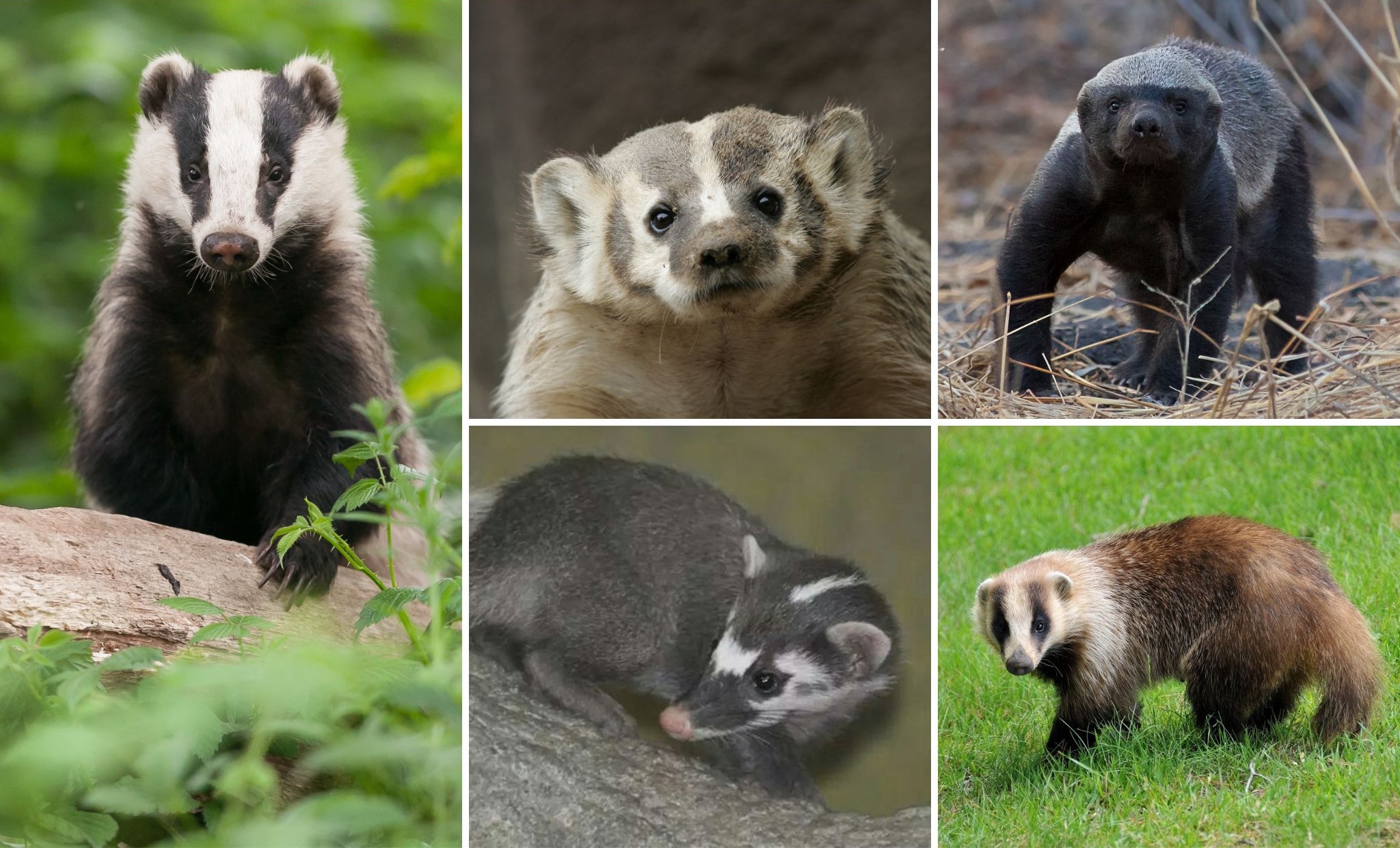
Badgers are some of the most fascinating and underrated members of the animal kingdom. With their powerful bodies, strong digging claws, and unmistakable striped faces (in some species), they’re instantly recognizable and packed with personality. But did you know there isn’t just one type of badger? In fact, several distinct species exist around the world—each with its own quirks, habitat, and lifestyle.
Let’s take a closer look at the main types of badgers that roam the Earth today.
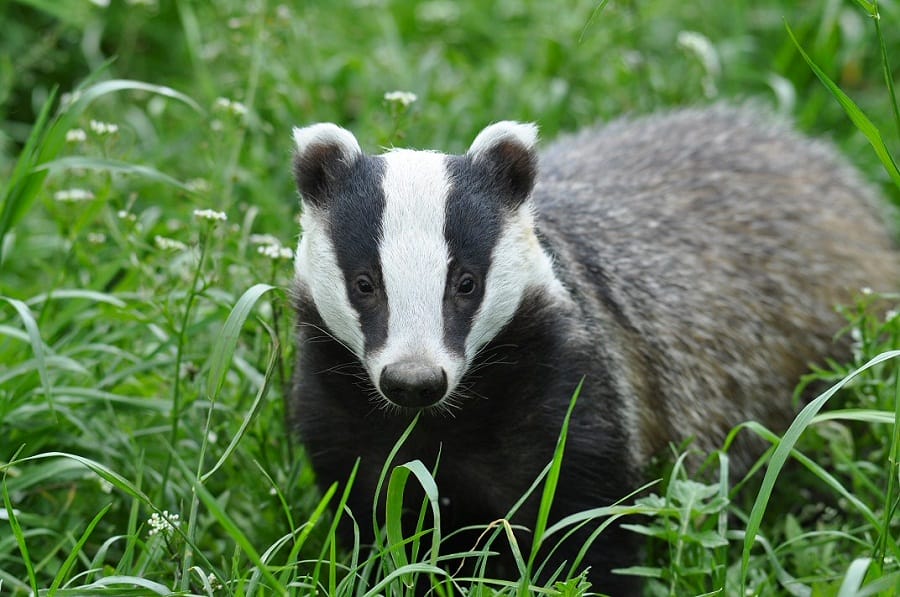
1. European Badger (Meles meles)
Where they live: Europe and parts of Western Asia
What makes them special: The European badger is perhaps the most well-known of the bunch. With a stocky body, black-and-white facial stripes, and social lifestyle, this species is a common sight in woodlands and farmland. European badgers live in complex underground homes called setts, which can be occupied by multiple generations and expanded over time. They are omnivores, eating everything from earthworms to fruit.
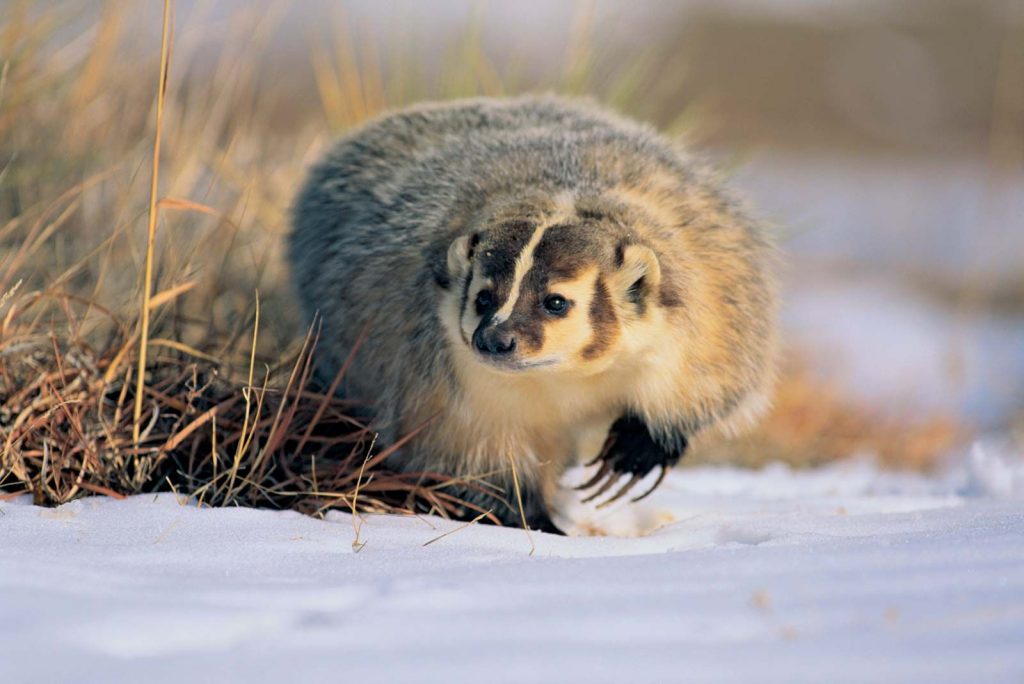
2. American Badger (Taxidea taxus)
Where they live: North America, especially the western U.S., Canada, and Mexico
What makes them special: The American badger is built for digging—and it shows. These solitary mammals have broad, muscular bodies and long claws that make them incredible burrowers. They use their digging skills to hunt prey like ground squirrels and gophers. Fierce and fearless, American badgers have a reputation for being aggressive if cornered, though they usually avoid people.
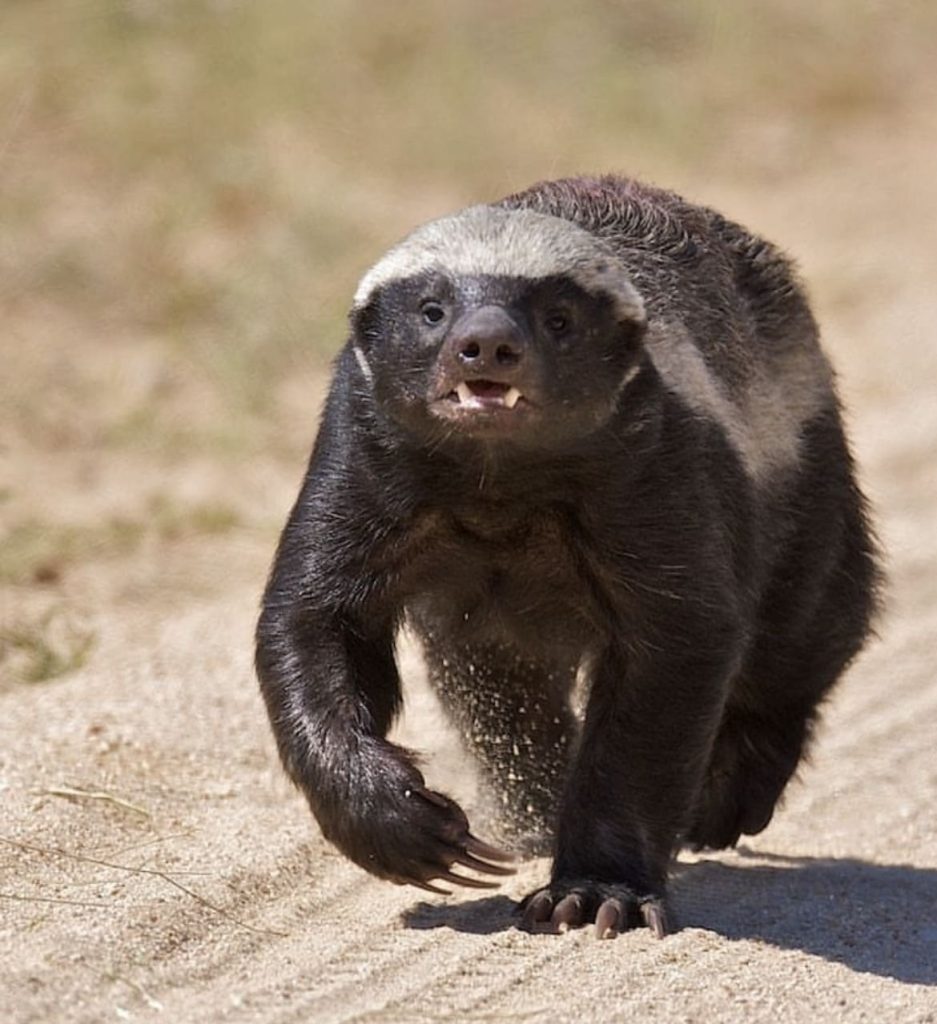
3. Honey Badger (Mellivora capensis)
Also known as: Ratel
Where they live: Africa, the Middle East, and parts of India
What makes them special: The honey badger is legendary. Though not closely related to other badgers, it still belongs to the mustelid family and carries all the classic traits—strength, ferocity, and an attitude that says “don’t mess with me.” Honey badgers eat almost anything, from honeycomb and snakes to small mammals. Their thick skin and strong immune systems help them survive venomous bites and bee stings.
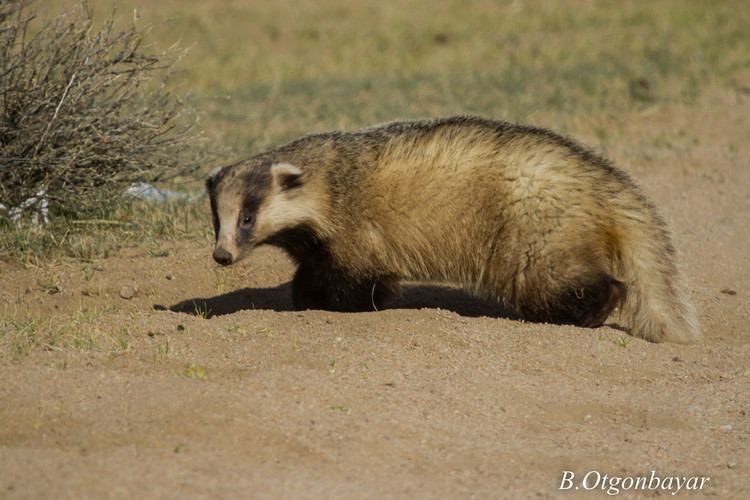
4. Asian Badgers (Genus Meles)
This group includes a few species that resemble the European badger but live in Asia. The most notable include:
- Hog Badger (Arctonyx collaris)
Where they live: Southeast Asia
Fun fact: Hog badgers have a distinctive pig-like snout, used to root around in soil for insects and tubers. They’re stocky, noisy, and usually active during the day—unlike most other badgers. - Japanese Badger (Meles anakuma)
Where they live: Japan
Fun fact: This native species is smaller and more solitary than its European cousin and plays a unique role in Japanese forest ecosystems. - Asian Badger (Meles leucurus)
Where they live: Russia, China, Mongolia, and surrounding areas
Fun fact: Similar in appearance to the European badger, the Asian badger adapts well to mountainous and colder regions.
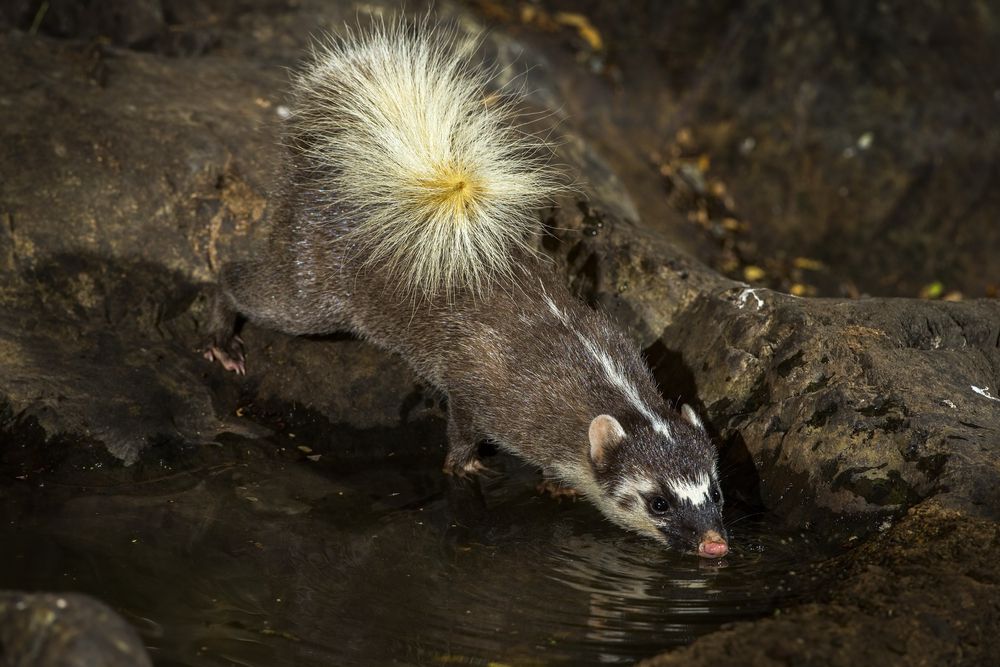
5. Ferret-Badger (Genus Melogale)
Where they live: Southeast Asia
What makes them special: Despite their name, ferret-badgers are a bit different from the classic badger image. These small, slender animals are nocturnal and tree-climbing, with softer fur and a more weasel-like appearance. They’re elusive and still not very well understood by scientists.
Final Thoughts
From the fearless honey badger of Africa to the community-living badgers of Europe, the badger family is far more diverse than most people realize. These animals may be tough and sometimes grumpy-looking, but they play a vital role in ecosystems—from controlling pests to aerating soil with their digging.
So the next time you hear the word badger, don’t just picture a single animal—picture a whole cast of characters spread across the globe, each with their own story to tell.
Curious about more mustelid family members? Check out our posts on otters, martens, and wolverines to keep exploring the wild world of nature’s stealthy survivors!
Disclaimer: This blog post is for edutainment purposes only and may not be entirely accurate.






